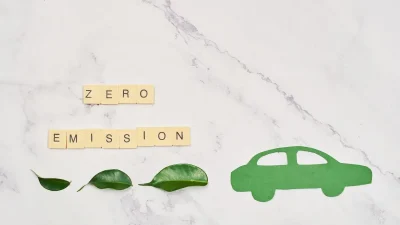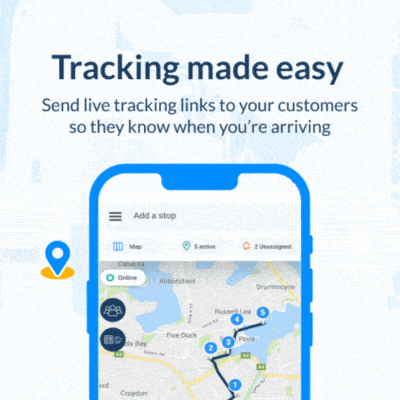With freight contributing a significant portion of global carbon emissions, the pressure is on to embrace cleaner transportation methods. Uber Freight is at the forefront, vowing to shift 80% of its global brokerage shipments to clean transportation by 2040.
Uber Freight is targeting net-zero emissions in its corporate operations by 2030. The company explains: “Freight causes a staggering eight percent of global carbon emissions, exacerbated by inefficiencies like these—many of which are avoidable.”
This can be achieved by turning to more sustainable shipping options, i.e., autonomous vehicles and electric trucks. The challenge, however, is accessibility. The shift to cleaner capacity options requires technology and network data.
Uber Freight’s roadmap
Fuel inefficiencies, poorly planned routes, and empty miles are some of the biggest culprits. In the US alone, one percent of freight emissions come from empty trucks. With shipping volumes set to rise in the next two years, action is needed now.
It’s a challenge but not impossible. Uber has, in just the last year, eliminated more than 2.3 million empty miles. But harnessing data and artificial intelligence, business can create efficient routes while transitioning from freight to more sustainable options.
Uber Freight’s extensive network is bolstered by a suite of logistics applications that will position them as a major player in the move towards eco-friendly supply chains.
The company states: “Network optimization tools […] identify lanes ripe for electrification or automation. By eliminating empty miles, chronic delays, and redirecting emission-intensive shipments, the routing tools will help customers make immediate efficiency improvements.”
Innovation for a cleaner tomorrow
A study conducted by Nature Communications emphasizes that without the widespread adoption of EVs, the below 2°C global warming target set by the Paris Agreement cannot be met.
EVs must represent at least 90% of the global vehicle stock by 2050. Meanwhile, the International Council on Clean Transportation (ICCT) says transitioning to zero-emission vehicles will reduce health issues associated with vehicle pollution.
ALSO READ: Drones lead Ireland’s last-mile delivery revolution
Thus, the quest for clean transportation is more than just a noble aim – it’s a necessity. And it will require teamwork.
Uber has partnered with electric vehicle innovators like Volvo Autonomous Solutions, Aurora, and Waabi to integrate autonomous vehicles into the supply chain, further cutting emissions and paving the way for a more sustainable logistics sector.
Charting sustainable futures
Uber says industry-wide buy-in and the widespread use of clean energy will take time. “That’s why we’ve outlined ambitious goals […] to simplify and accelerate this transition by promoting the measurement of emissions impact and the adoption of sustainable practices.”
“Through a combination of technology, scale, capacity options, and consultation, we can elevate sustainability from piecemeal to an integral factor in customers’ decision-making processes,” Uber says in its sustainability commitment.
By using tools to monitor emissions, Uber is putting power back into the hands of its clients. This is to ensure sustainability is not just an afterthought but a core aspect of logistics decision-making.
Share this article
About the author
Cheryl has contributed to various international publications, with a fervor for data and technology. She explores the intersection of emerging tech trends with logistics, focusing on how digital innovations are reshaping industries on a global scale. When she's not dissecting the latest developments in AI-driven innovation and digital solutions, Cheryl can be found gaming, kickboxing, or navigating the novel niches of consumer gadgetry.














